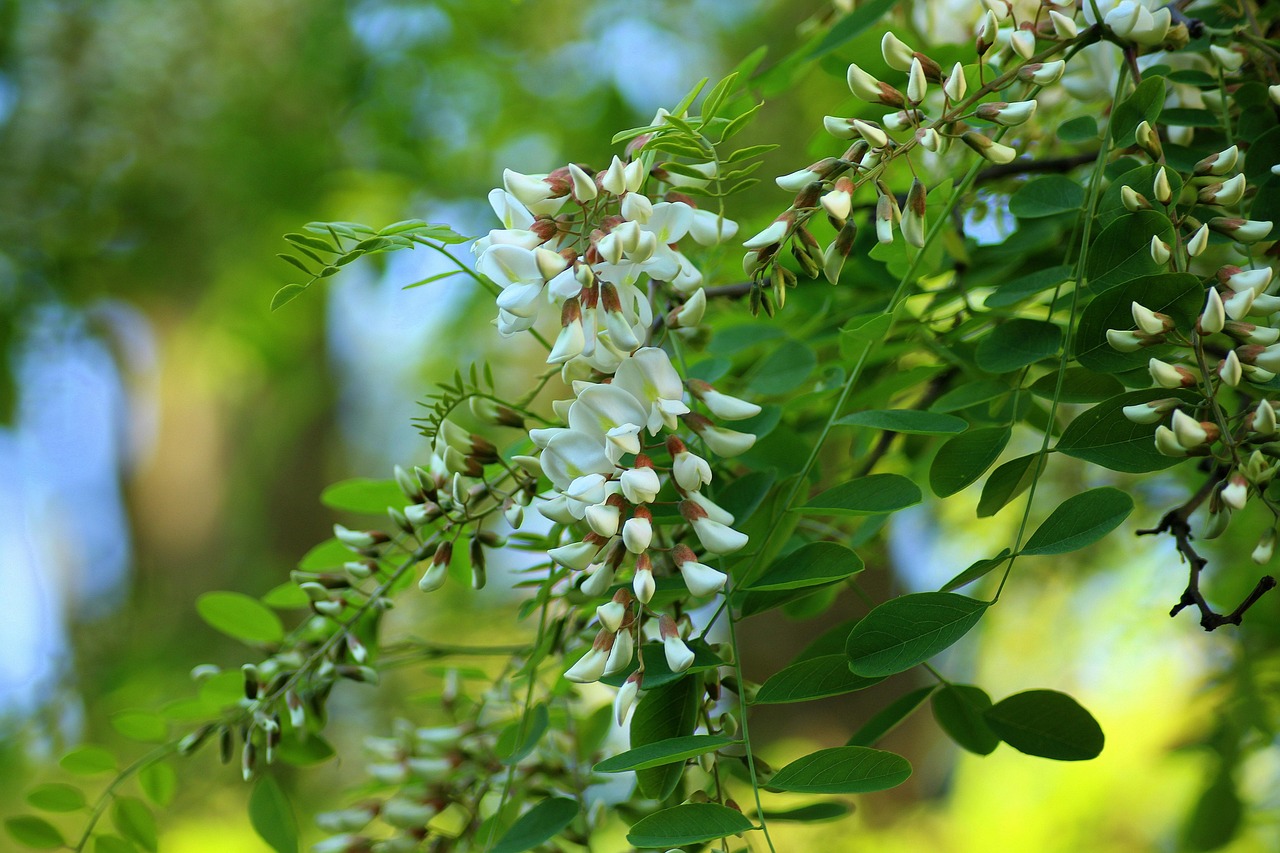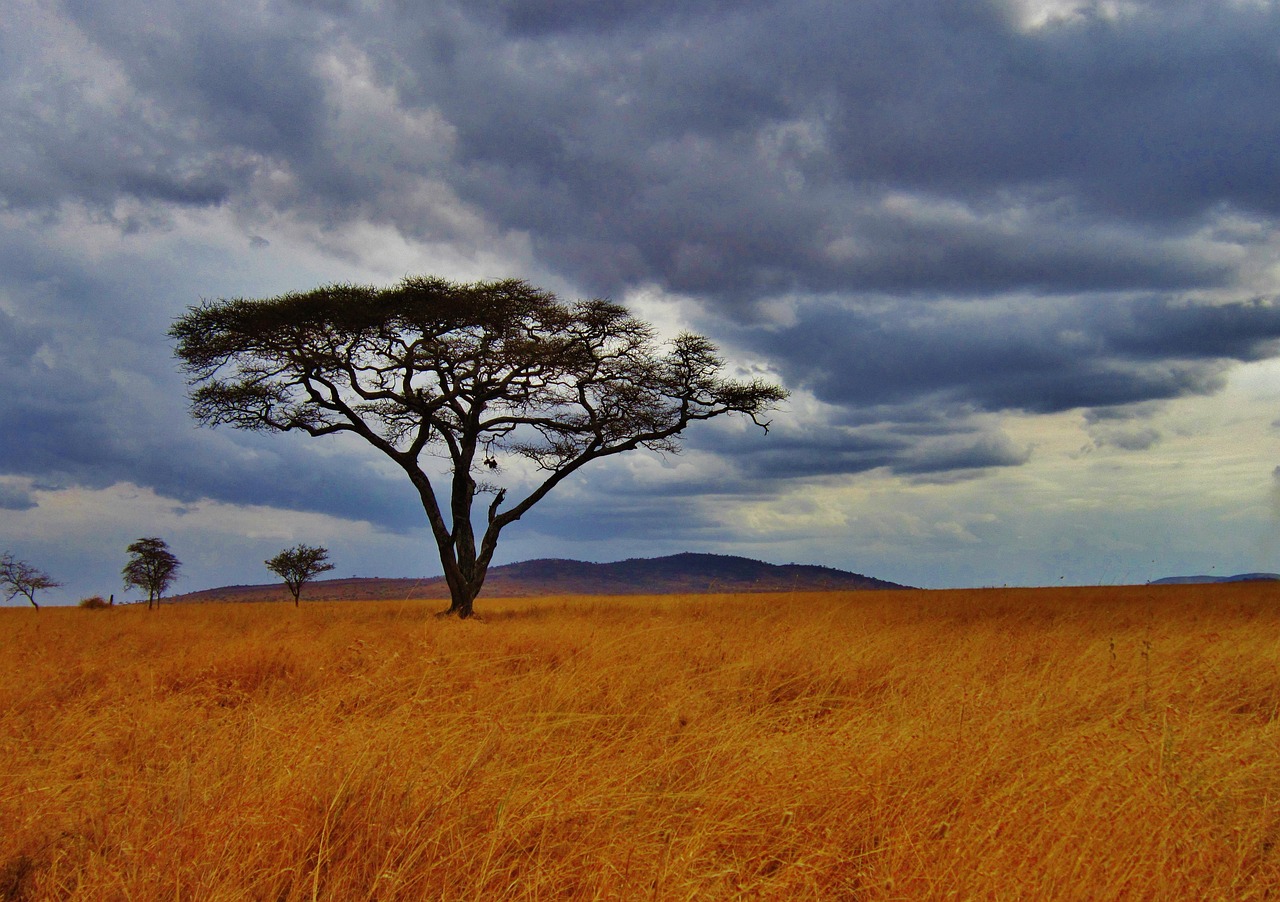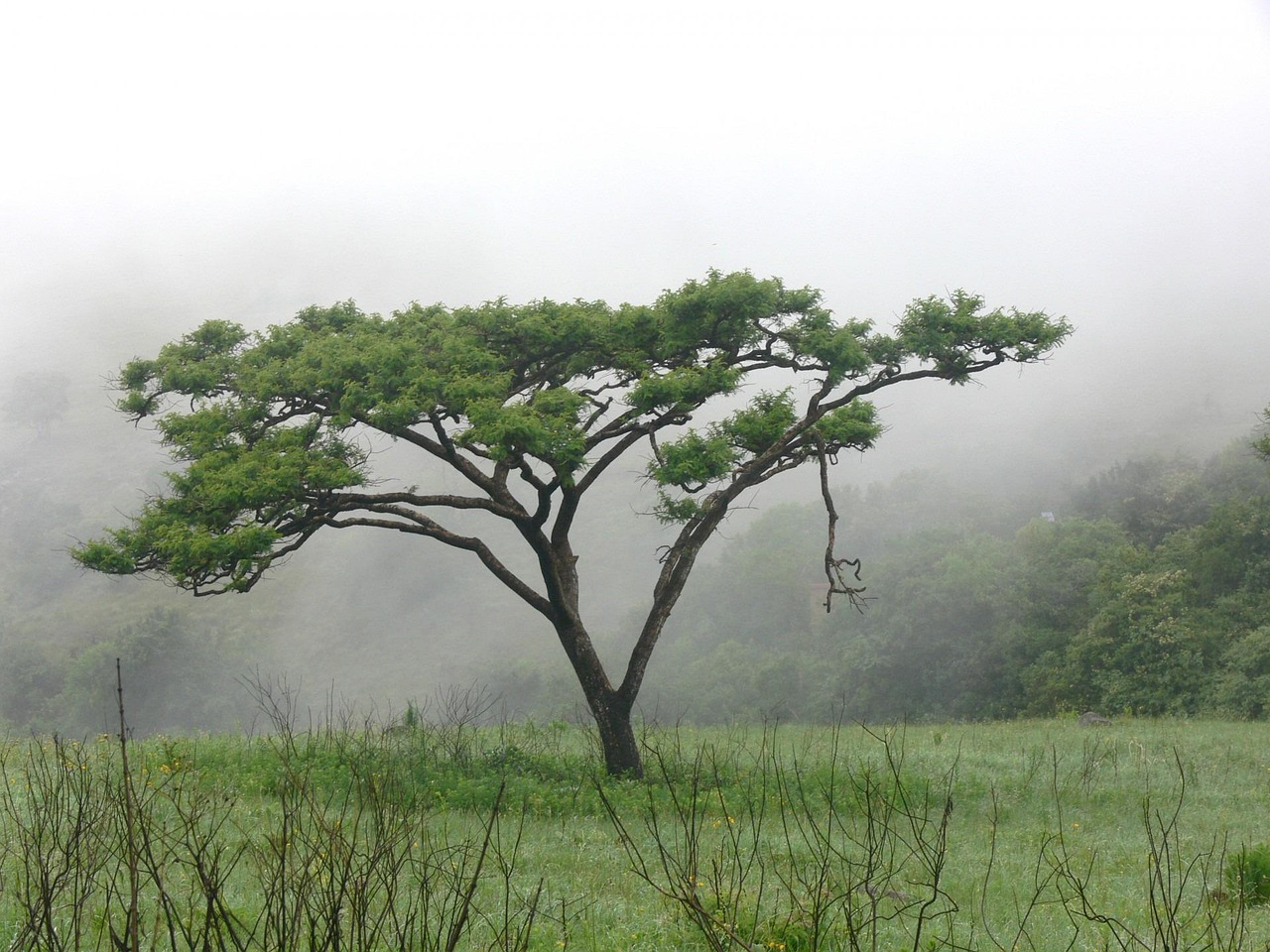Acacia trees thrive primarily in tropical and subtropical regions, particularly in Australia, Africa, and parts of Asia and the Americas. They prefer well-drained soils and can often be found in arid environments, grasslands, and savannas, where they play a crucial role in the ecosystem.
Understanding Acacia Trees

Acacia trees belong to the Fabaceae family, also known as the legume family. With over 1,300 species, they are known for their distinctive leaves and flowers, which come in various forms, including fern-like foliage and vibrant yellow or white blooms. Acacias are not only visually appealing but also ecologically significant.
These trees are often associated with dry regions. They have adapted to survive in challenging climates by developing deep root systems that allow them to access water far below the surface. Additionally, their ability to fix nitrogen in the soil enhances soil fertility, benefiting surrounding vegetation.
Key Characteristics of Acacia Trees
Acacia trees exhibit a range of characteristics that contribute to their survival and growth in diverse environments. Some key features include:
- Leaf Structure: Many species have phyllodes, which are flattened leaf stems that perform photosynthesis.
- Flowers: Acacia flowers are typically small and clustered, creating vibrant displays that attract pollinators.
- Thorns: Some species have thorns that provide protection against herbivores.
- Growth Habit: They can be shrubs or large trees, depending on the species and environmental conditions.
Global Distribution of Acacia Trees
Acacia trees are predominantly found in the Southern Hemisphere. Their distribution is closely linked to climatic conditions and soil types. Australia is home to the highest diversity of Acacia species, with approximately 1,000 native species. Other regions where Acacias flourish include:
| Region | Species Diversity | Common Habitat |
|---|---|---|
| Australia | Approx. 1,000 species | Woodlands, scrublands |
| Africa | Approx. 200 species | Savannas, grasslands |
| Asia | Approx. 70 species | Tropical forests |
| Americas | Approx. 30 species | Dry regions, deserts |
In Africa, Acacia trees are vital to the savanna ecosystem, providing food and shelter for various wildlife species. In Australia, they are a hallmark of the landscape and serve as important resources for Indigenous communities. In Asia and the Americas, though less diverse, Acacias still play crucial roles in their respective ecosystems.
Environmental Adaptations of Acacia Trees
The adaptability of Acacia trees to different environments is remarkable. They exhibit several adaptations that allow them to thrive in arid and nutrient-poor soils:
- Drought Resistance: Their deep root systems enable them to access groundwater during dry spells.
- Nitrogen Fixation: Acacias host specific bacteria that convert atmospheric nitrogen into a usable form for plants.
- Fire Resilience: Some species have developed thick bark to protect against fire damage.
- Seed Dispersal: The seeds can remain dormant for years and germinate after rains, ensuring survival during fluctuating conditions.
This resilience not only allows Acacia trees to survive but also supports biodiversity by providing habitats for numerous species and stabilizing ecosystems across their distribution range.
Ecological Importance of Acacia Trees
Acacia trees play a pivotal role in the ecosystems where they are found. Their ecological contributions extend beyond mere survival. These trees provide essential services that support various forms of life and maintain environmental balance. Understanding their ecological significance can help highlight the need for conservation and sustainable management.
Habitat and Shelter
Acacias serve as crucial habitats for numerous animal species. Their dense foliage and structural complexity create ideal environments for birds, insects, and mammals. Some key contributions include:
- Nesting Sites: Birds often build nests among the branches, utilizing the foliage for protection against predators.
- Food Sources: Many species of wildlife feed on the flowers, seeds, and foliage of Acacia trees.
- Refuges: Small mammals and reptiles find shelter in the undergrowth, which is often dense due to Acacia’s growth pattern.
The presence of Acacia trees can increase biodiversity in an area, providing a space where various species can thrive together. This interaction fosters a balanced ecosystem where different organisms support one another.
Soil Improvement
Acacia trees significantly enhance soil quality through several mechanisms:
- Nitrogen Enrichment: Through nitrogen fixation, Acacias contribute to soil fertility. This process supports the growth of other plants in the vicinity.
- Soil Stabilization: The extensive root systems of Acacia trees help prevent soil erosion, particularly in areas prone to heavy rainfall or strong winds.
- Organic Matter Addition: As Acacia leaves and branches fall, they decompose and enrich the soil with organic matter, further enhancing its nutrient profile.
This improvement in soil conditions not only benefits Acacia trees themselves but also supports a wide range of other flora, leading to healthier ecosystems.
Cultural Significance of Acacia Trees
Beyond their ecological roles, Acacia trees hold cultural importance in many societies. They have been utilized for various purposes throughout history, contributing to human culture and livelihoods.
Traditional Uses
Many Indigenous communities view Acacia trees as vital resources. Their uses include:
- Medicinal Applications: Various parts of the tree, including bark and leaves, are employed in traditional medicine for their therapeutic properties.
- Craft Materials: The wood of certain Acacia species is valued for its durability and is used in making furniture, tools, and crafts.
- Food Sources: Some Acacia species produce edible seeds and pods that are consumed by local populations.
This connection between Acacia trees and human culture underscores their significance beyond ecological contributions.
Symbolism and Recognition
In many cultures, Acacia trees symbolize resilience and strength. They are often associated with concepts of endurance due to their ability to thrive in harsh conditions. The tree is also recognized in various national symbols and emblems, representing unity and growth.
For instance, the golden wattle (Acacia pycnantha), the national floral emblem of Australia, highlights its importance in Australian identity. Such symbolism furthers the understanding of how deeply intertwined Acacia trees are with human history and culture.
Threats to Acacia Distribution
Despite their resilience, Acacia trees face several threats that can impact their distribution and survival. Understanding these threats is crucial for effective conservation strategies.
- Climate Change: Changes in temperature and precipitation patterns can alter habitats, potentially making them unsuitable for Acacia growth.
- Deforestation: Land clearing for agriculture or urban development reduces available habitats for Acacia trees.
- Pests and Diseases: Invasive species and diseases can weaken or kill Acacia populations, disrupting local ecosystems.
Addressing these threats requires a collaborative approach involving conservationists, policymakers, and local communities to ensure that Acacia trees continue to thrive in their natural habitats.
Conservation Efforts for Acacia Trees

To combat the threats faced by Acacia trees, various conservation efforts are being implemented across the globe. These initiatives aim to protect the existing populations while promoting the growth of new ones. Effective conservation strategies can ensure the survival of these vital trees in their natural habitats.

Protected Areas and Reserves
Establishing protected areas is one of the most effective methods for conserving Acacia trees. National parks, wildlife reserves, and conservation areas provide safe havens for these species and their ecosystems. Key advantages of such protections include:
- Habitat Preservation: Critical habitats are safeguarded from development and deforestation.
- Biodiversity Support: Protected areas help maintain ecological balance by allowing various species to coexist.
- Research Opportunities: These areas serve as living laboratories for scientific research and education about Acacia ecosystems.
Dedicated management of these protected areas is essential to ensure that the ecological integrity of Acacia habitats is maintained over time.
Reforestation and Afforestation Projects
Reforestation and afforestation initiatives focus on planting new Acacia trees in areas where they have been diminished or lost entirely. These projects often involve:
- Community Involvement: Engaging local communities in planting and caring for new trees enhances stewardship and promotes awareness.
- Diversity in Planting: Introducing multiple species of Acacia can enhance resilience against pests and diseases.
- Sustainable Practices: Implementing sustainable land-use practices ensures that the environment remains healthy for future generations.
Through such initiatives, the genetic diversity of Acacia populations can be restored, increasing their chances of survival in changing climates.
Research and Education
Research plays a critical role in understanding the needs of Acacia trees and devising effective conservation strategies. Scientific studies can provide insights into various aspects, including growth patterns, ecological roles, and responses to climate change.
Ecological Research
Ongoing ecological research focuses on how Acacia trees interact with their environment. Important areas of study include:
- Soil Health: Investigating how Acacia trees contribute to soil quality and moisture retention.
- Biodiversity Studies: Examining the species that rely on Acacia trees for habitat and food sources.
- Climate Adaptation: Understanding how different Acacia species respond to environmental changes.
This research is vital for informing conservation practices and ensuring that efforts are based on solid scientific principles.
Public Education and Awareness
Educational programs aimed at raising awareness about the importance of Acacia trees are crucial for conservation efforts. These programs can target various audiences, including:
- Local Communities: Teaching residents about the ecological benefits of Acacias can foster community-led conservation initiatives.
- Schools: Incorporating information about Acacia trees into educational curricula helps instill a sense of responsibility in younger generations.
- Tourists: Informational campaigns in ecotourism areas can promote sustainable practices while highlighting the significance of these trees.
By fostering an understanding of Acacia trees’ ecological roles, communities can become advocates for conservation efforts and engage in protecting their environment.
International Collaboration
The global nature of environmental challenges requires international collaboration to effectively address threats to Acacia trees. Partnerships between countries, NGOs, and research institutions can yield significant results.
Shared Knowledge and Resources
Collaborative efforts allow for sharing knowledge, resources, and best practices across borders. Some benefits include:
- Joint Research Initiatives: Countries can work together on research projects that enhance understanding of Acacia species globally.
- Funding Opportunities: International collaborations can attract funding for large-scale conservation projects that may not be feasible individually.
- Cultural Exchange: Sharing cultural insights related to Acacia trees can deepen appreciation for their diversity and significance.
This collaborative approach enhances the effectiveness of conservation strategies, thereby increasing the chances of success in preserving Acacia trees and their ecosystems.
The Role of Acacia Trees in Combating Climate Change

Acacia trees are increasingly recognized for their potential role in combating climate change. Their unique characteristics and ecological contributions can help address some of the pressing environmental challenges we face today.
Carbon Sequestration
One of the most significant benefits of Acacia trees is their ability to sequester carbon dioxide from the atmosphere. As they grow, they absorb CO2, which helps mitigate the effects of climate change. Some key points regarding their carbon sequestration capabilities include:
- Rapid Growth: Many Acacia species grow quickly, enabling them to capture and store carbon more efficiently compared to slower-growing tree species.
- Long Lifespan: Established Acacia trees can store carbon for decades, making them valuable in long-term climate strategies.
- Planting Strategies: Incorporating Acacia trees into reforestation and afforestation projects can significantly enhance carbon capture efforts.
By promoting the growth of Acacia trees, we can contribute to global efforts aimed at reducing greenhouse gas concentrations in the atmosphere.
Soil Restoration and Health
Acacia trees also play a crucial role in soil restoration. Their nitrogen-fixing abilities enhance soil fertility, which can lead to healthier ecosystems. Some benefits include:
- Improved Soil Structure: The root systems of Acacia trees help create a stable soil structure, reducing erosion and increasing water retention.
- Nutrient Cycling: The decomposition of Acacia leaf litter adds organic matter to the soil, promoting nutrient cycling and supporting other plants’ growth.
- Support for Agriculture: Farmers can benefit from planting Acacias alongside crops, as they enhance soil health and reduce the need for chemical fertilizers.
This regenerative capacity makes Acacia trees vital for sustainable agriculture and land management practices.
Future Directions for Acacia Conservation
The future of Acacia conservation looks promising with increased awareness about their ecological significance. However, ongoing efforts are needed to ensure their survival amid changing environmental conditions. Some future directions include:
- Innovative Restoration Techniques: Utilizing advanced technologies such as drone seeding and genetic studies can enhance restoration efforts.
- Community-Led Initiatives: Engaging local communities in conservation efforts fosters ownership and long-term commitment to protecting Acacia habitats.
- Policy Advocacy: Advocating for policies that protect natural habitats and promote sustainable land use is essential for the future of Acacia trees.
By focusing on these areas, we can strengthen conservation strategies and promote the growth of healthy Acacia populations worldwide.
Conclusion
Acacia trees are more than just beautiful additions to the landscape; they are vital components of ecosystems across the globe. Their unique adaptations allow them to thrive in diverse environments, while their ecological roles support biodiversity, improve soil health, and contribute to climate change mitigation. Despite facing threats from climate change, deforestation, and invasive species, concerted conservation efforts can safeguard these remarkable trees.
Through protected areas, reforestation projects, research initiatives, and international collaboration, we can enhance our understanding of Acacia trees and ensure their survival for generations to come. By recognizing their importance in both ecological and cultural contexts, we can promote sustainable practices that benefit not only Acacia trees but also the broader environment. Ultimately, protecting these trees is an investment in the health of our planet and its future.
